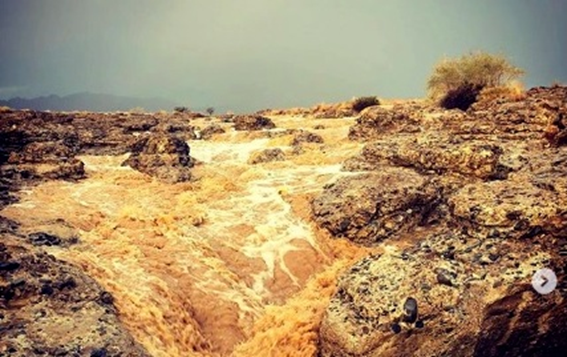
Starting over here in Namibia, Coastal Namib Desert, one of the driest places on the planet. Literally, Skeleton Coast, when you’re washed up there you won’t come out.

Pinned on the map right at the very edge of where the dunes are, massive flooding occurred. Record cold registered in Windhoek, Namibia with massive snows seen across South Africa this year.

The magnificent Namibian River starts to flow, after 80 years of drought !

Images here are off social media; somehow local corporate media didn’t find the story interesting enough to report on.

(Below) Take a look at river basins around Namibia, that orange arrow to the left is where the terminus would be out. That’s what has been recorded in the past from this river.

The rain has been described as a “miracle”. You can see the river just behind the gentleman standing there, it went into flood stage, but they don’t have a high-water mark because it hasn’t rained in so long! They can’t remember where the old high-water marks were.


Flood basins were starting to feel like the Okavango Delta. They have their own version of it right there, some of these shallow pan lakes starting to fill up.
Rainbows in the desert! We’re seeing areas across the planet shifting their precipitation patterns, this is just another example that the Grand Solar Minimum is in full play and intensifying.

Good look at the crop monitor with a 70 to 75% chance of a weak to moderate El Niño. What does that mean for you and I?

A look at El Niño winter impacts, this will help you prepare, wherever region you are in on the planet. It’s color-coded by the conditions you could expect, but I don’t see anything in that same Namibian area for wetter conditions.
This is such an outlier that has to be related to something, like these multi-century cycles but has nothing to do with an El Niño winter. Same can be said with the entire years’ worth of rain in Qatar that doesn’t fit this pattern either.
If you’re in North America, you’re definitely looking at cold and wet conditions across the Southeast US., and all the way over to Texas. Lots of snow and heavy storms on tap for this year.

Back in time, all the way to 1950, it can be seen that during these decades it is cooler or warmer, you should do a little research in your local area. I’m predicting at least something like in the 1970s or 1950s winter cold. So we’ll probably be looking at cooler temperatures along the East Coast and Southeast US.

Onto grain production, a lot of numbers are coming out now and we’re getting a good indication of where we sit globally with grain yields.

Interesting stories coming out about grain exports for this year: Ukraine railways stated they are not able to deliver more than three to three-and-a-half tons per month. There are plenty of grain cars but there are new rules for grain delivery? Are they trying to boost the trucking industry or are they trying to pull back on exports because they’re trying to save what’s in their country knowing what’s coming with the crop losses in 2019–2020?

US. Wheat associates PDF pricing for the week. I linked that below in the description box. Production so far up to this moment, but is down 4% from last year, and they’re expecting it to drop even more as the final harvest numbers come in compared to last year.
Buenos Aires, Argentina trimming back its harvest expectations as well. So you see Northern and Southern Hemisphere declines this year with 4%, 5% and 10%. What will it be next year?

Case in point, Argentina. It is poised to produce more wheat than Australia due to the fact that Australia is going into a mega-drought that shall remain in place for 5–7 more years. That’s a huge switch, and that will definitely influence prices through these next couple of years globally.
Wheat is one thing, oils are another. Human consumption, oils, and animal food is what we get.


Looking at prices per metric tons in Euros and Dollars and by country of export, we have soybeans, rapeseed, otherwise known as canola and some sunflower. Notice all soybean pricing up. We’re supposed to be in record harvest so I’m not really sure why this is continuing to go up. I know there’s a lot of push and pull with trade wars going on across the planet at the moment, but you’re looking at the price increases anywhere from 6 to 10% on soybeans. A couple up and downs there for canola and mainly down in the price of sunflower.

What’s most interesting is when you start comparing meal press cake. like soy meal from the after crush of the soybeans. we start to get into animal feed which costs more for the export, FOB price for feed. You could then expect price increases for your chicken, eggs, pork, etc. Look at this variation in the Euro in pricing, It’s anywhere from an 8 to 39% increase in those types of by-products that are used further on in the agricultural chain.

Finally, bringing you over here to the wheat prices, October 26, you can see where we stand now compared to a year ago. It is up, sixty dollars a ton or so.

Where are food prices going to move in the future? If this is what we’re seeing in the first year or two of what I consider true intensification of the Grand Solar Minimum, then next year is going to shake the foundations of our society 2019–2020 global grain yields.

Thanks for reading, hope you got something out of the article. Check out research links at Oilseedcrops.org which I have complied as well as different social media feeds for ADAPT 2030 aggregating stories and articles that I’m not putting in videos but I find interesting.
Join ADAPT 2030 NEWSLETTER http://www.oilseedcrops.org
Mini Ice Age Conversations Podcast
iTunes: https://itunes.apple.com/us/podcast/adapt2030
Soundcloud: https://soundcloud.com/adapt-2030
Libsyn: http://adapt2030.libsyn.com/
MIAC #129 Politics of Divide & Conquer How to Counteract That Message
http://adapt2030.libsyn.com/miac-129-politics-of-divide-conquer-how-to-counteract-that-message
ADAPT 2030 & My Patriot Supply: Taking the Fear Out of Difficult Situations
2-Week Food Supply: (1,500+ calories/day with 92 servings)
http://www.preparewithadapt2030.com
ADAPT 2030 Amazon Grand Solar Minimum Book Store
https://www.amazon.com/shop/adapt2030
*** Today’s Story Links ***
Newest Crop Info Wheat prices
https://www.uswheat.org/wp-content/uploads/2018/10/PR81026.pdf
Magnificent Tsondab Namibian river in flood after 40 years of drought
Global crop conditions
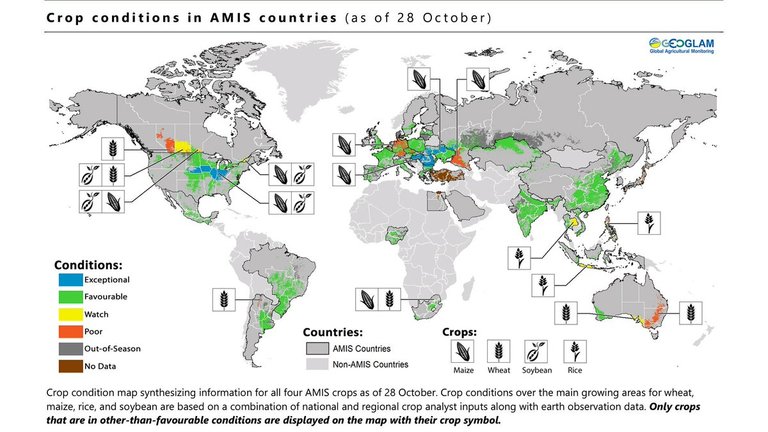
El Nino forecast winter 2018–2019
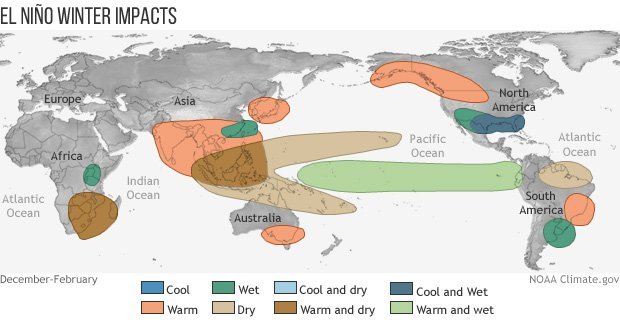
Grain storage yard image
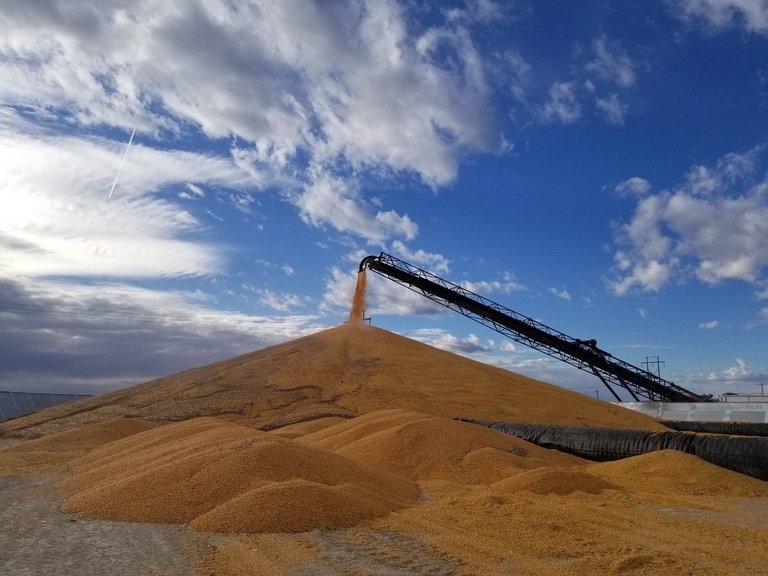
FOB crop prices
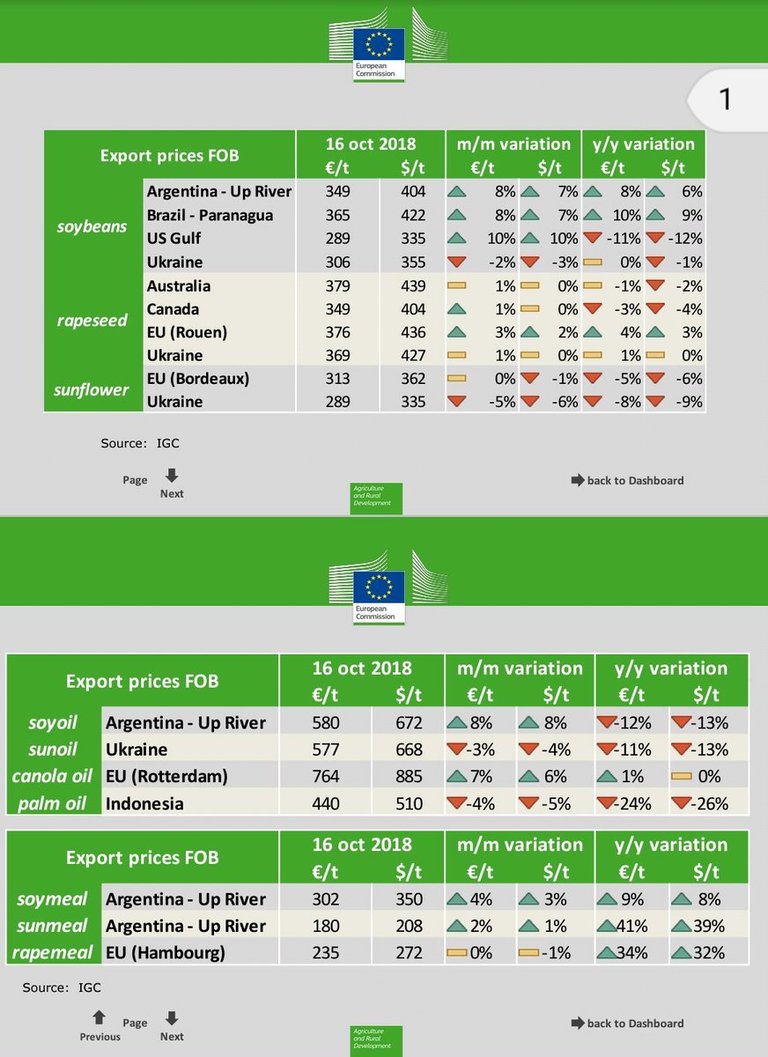
Temperatures every El Nino since 1950
https://snowbrains.com/noaa-u-s-winter-temperatures-for-every-el-nino-since-1950/

*** ADAPT 2030 Social Media Links ***
1.) PATREON www.patreon.com/adapt2030
2.) BITCHUTE https://www.bitchute.com/hashtag/adapt2030/
3.) STEEM https://steemit.com/@adapt2030
4.) *** ADAPT 2030 True Leaf Market Link ***

5.) Mini Ice Age Conversations Podcast
Libsyn: http://adapt2030.libsyn.com/
iTunes: https://itunes.apple.com/us/podcast/adapt-2030-mini-ice-age-conversations/id1200142326
6.) FB https://www.facebook.com/Miniiceage
7.) TWITTER https://twitter.com/adapt2030
8.) YOUTUBE www.youtube.com/user/MyanmarLiving

9.) MEDIUM https://medium.com/@globalcooling

Commodities are sold on the commodities stock exchange. So, the prices rise if someone offers a higher price, too. Even cargo ships are turned around in the middle of the ocean, if someone offers the seller a higher price, without regard of the crew, fuel reserves, spare parts and food reserves on the cargo ship. I have known someone who worked on a cargo ship and this is his firsthand explanation of how this works.
This will be the way we operate in the future, highest bidder will take food supplies.
Who is "we"?